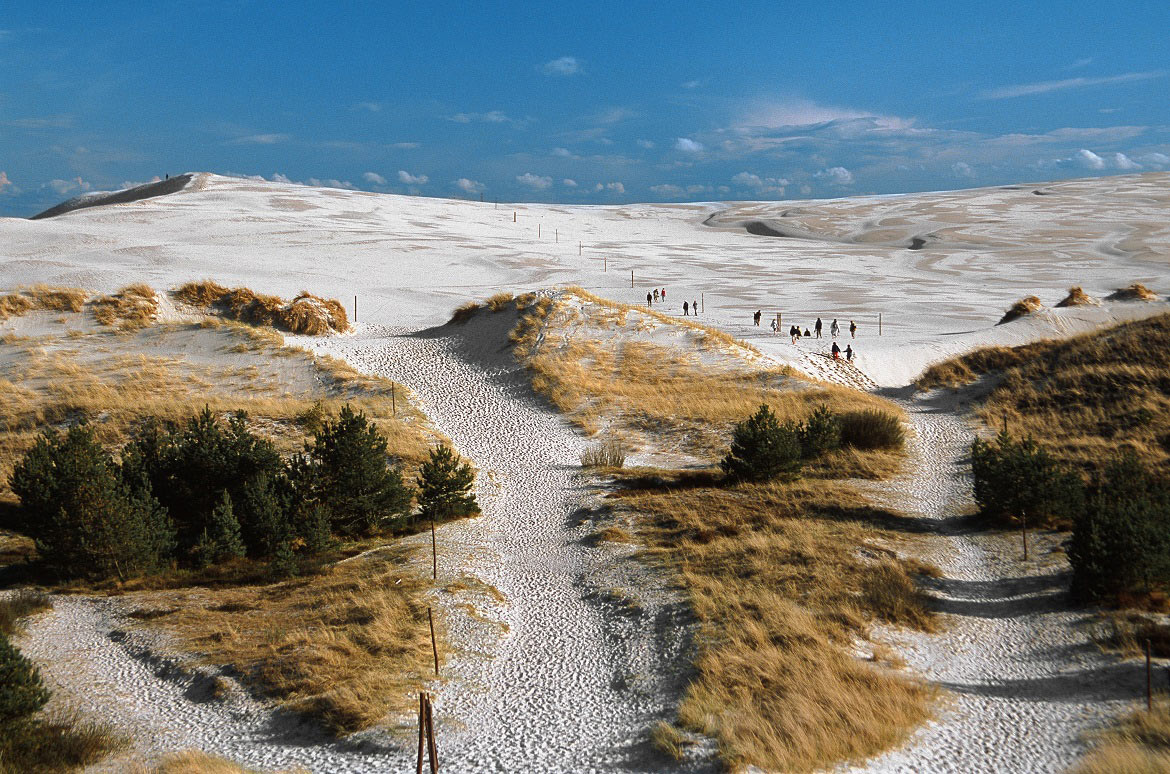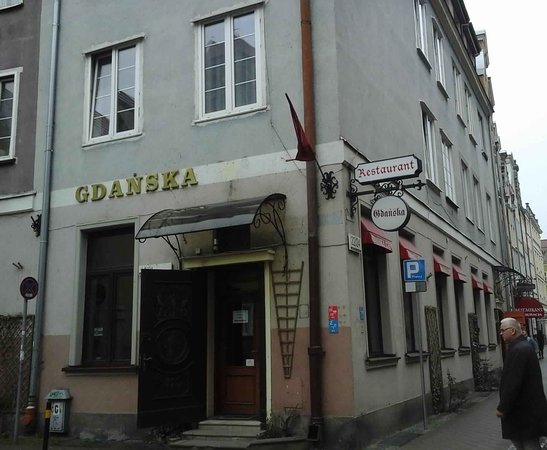Pomeranian
WELCOME TO Pomeranian
Region Overview
Gdańsk
18,310 km2
2.3 million
Polish

Popular
Geography and Tourist Attractions
Information about the province's tourist attractions, including popular destinations, events, and activities.

The Tri-City

Hel Peninsula

Slowinski National Park
Political
Economy and Government
The Pomeranian Voivodeship is an important economic and political region in Poland. The region is home to a number of large companies, including shipyards, chemical plants, and food processing factories, as well as a thriving tourism industry. Gdańsk, the largest city in the region, is an important port and transportation hub, with a long history of trade and commerce. The government of the Pomeranian region is led by the voivode, who is appointed by the central government in Warsaw, and the regional assembly, which is elected by the citizens of the region. The assembly is responsible for passing laws and regulations that affect the region, as well as managing the region's budget and overseeing local government agencies. The Pomeranian region is also home to several universities and research institutions, which play an important role in driving innovation and economic growth. Overall, the Pomeranian region is a vital part of the Polish economy and political landscape, with a rich history and vibrant culture that continues to attract visitors and investors alike.

History
History and Culture
The Pomeranian region of Poland has a rich and diverse history, shaped by centuries of cultural exchange and political upheaval. The region has been inhabited since prehistoric times, and has been ruled by a variety of different peoples and powers over the centuries, including the Slavs, the Teutonic Knights, the Swedish Empire, and the Polish-Lithuanian Commonwealth. The region is known for its many historic sites, including the medieval Malbork Castle, the historic shipyard in Gdańsk, and the charming old towns of Gdańsk, Sopot, and Tczew.
The culture of the Pomeranian region is also rich and diverse, influenced by the many different peoples who have lived there over the centuries. The region is known for its traditional Kashubian culture, which includes unique customs, folk music, and cuisine. The region is also home to several museums, art galleries, and cultural institutions, including the National Museum in Gdańsk and the Pomeranian Science and Technology Park. The region hosts numerous festivals and cultural events throughout the year, celebrating everything from local food and drink to music, art, and history. Overall, the history and culture of the Pomeranian region are a testament to the region's enduring spirit and resilience.
HOTELS

Hilton Gdańsk

Sheraton Sopot Hotel

Hotel Hanza Gdańsk
RESTAURANTS

Restauracja Gdańska

Goldwasser Restaurant

